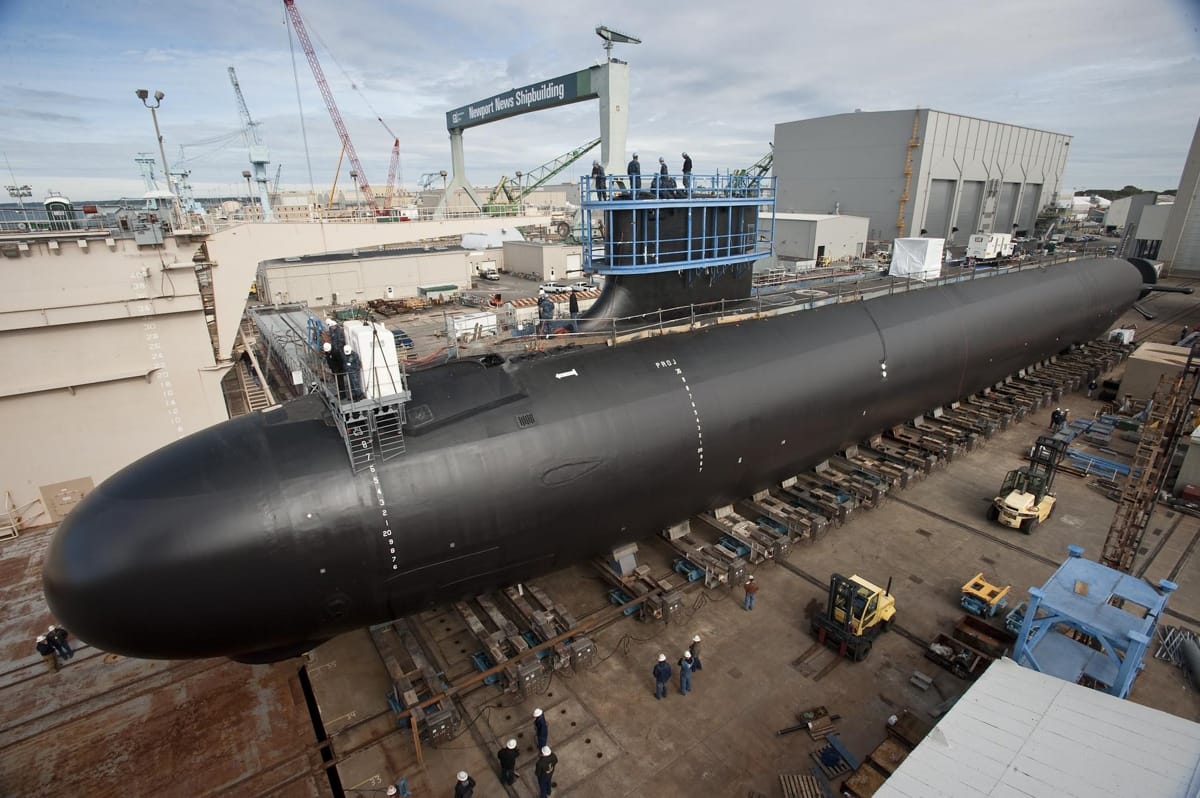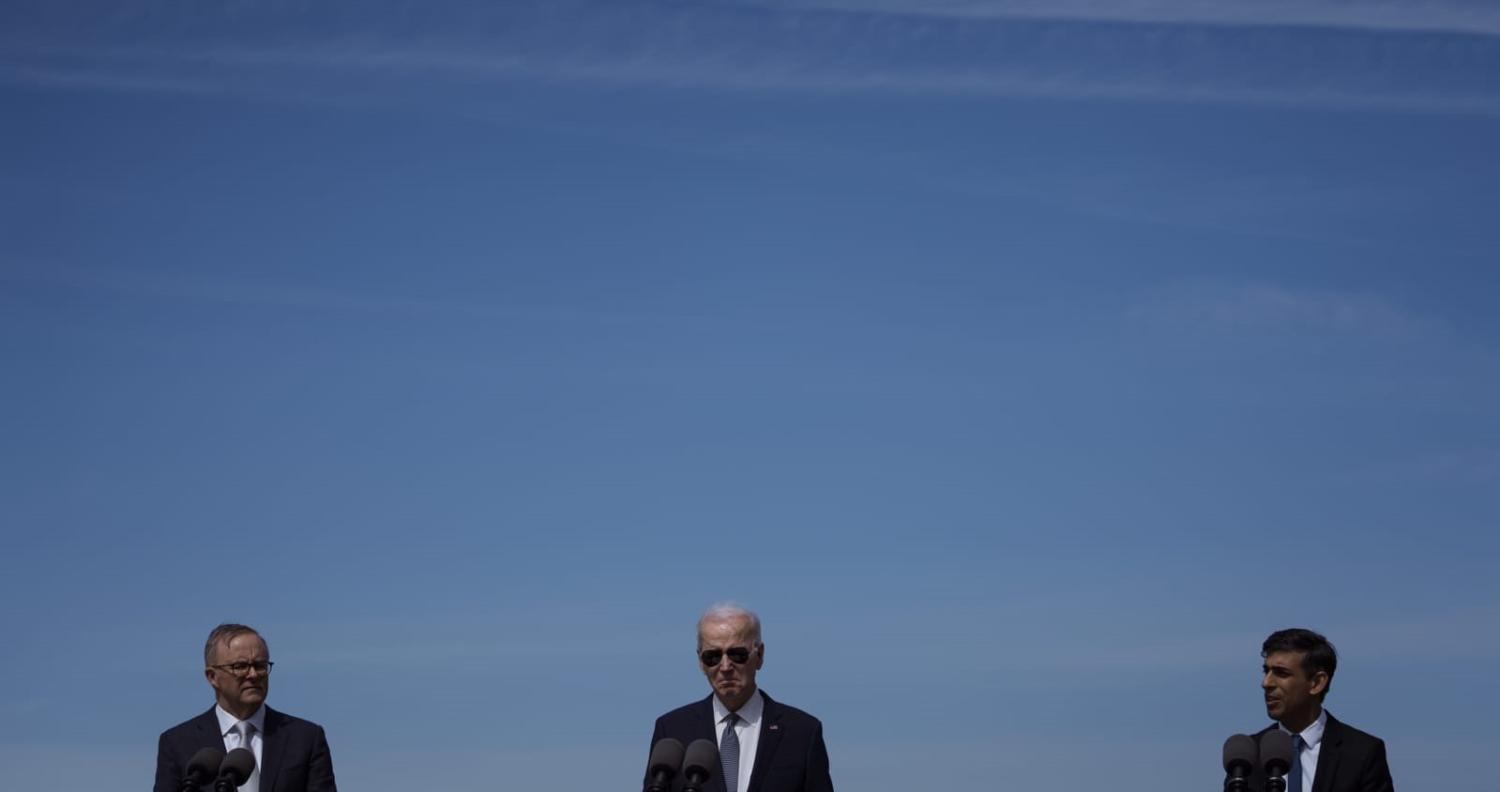The debate over the value of the AUKUS deal, and nuclear-powered submarines in particular, is heating up. So in the true spirit of the dismal science, it is time to apply some economic thinking to the question – what is in it for us?
Economics has a few powerful tools that help us answer this question. One is the concept of opportunity cost, another is cost-benefit analysis. So how does the AUKUS deal perform when applying these two economic concepts?
Opportunity cost is the benefits Australia would have had from making a different decision, whether about an investment like submarines, or a relationship such as the Australia-US alliance. Details about what AUKUS means for both are somewhat sketchy. The price tag for the submarines ranges from AU$268 to AU$386 billion, although experience tells us that cost blow-outs on submarines, or any cutting-edge defence technology, are to be expected. The French submarine deal had increased from AU$40 to AU$66 billion before any construction started. There has been a fair bit of speculation on what some $300 billion could buy instead, not least 77 billion Magnum Almond ice-creams, or 20 “sons of Collins” submarines. Cold treats aside, increasing defence spending to a projected 2.3 per cent of GDP does have an opportunity cost. Some clarity on if AUKUS is to be paid for through higher taxes, reduction in other areas of government expenditure, or higher borrowing and debt (which must be paid for in the future with higher taxes or lower expenditure) would help Australians understand the opportunity cost of AUKUS submarines.
The opportunity cost of the relationships embedded in AUKUS is a more complex matter. Commentators, most recently former foreign minister Gareth Evans, have raised the question of what the deal means for Australia’s “capacity for independent sovereign judgement”. Given its past support for US military ventures, AUKUS likely only reduces Australia’s options on this front, rather than being a decisive factor.
But to the extent that AUKUS reduces sovereignty over defence priorities, this imposes an opportunity cost if it excludes alternative defence assets and strategies, such as a focus on regional defence cooperation. China has labelled the AUKUS deal a “wrong and dangerous road”, professing concerns about nuclear proliferation. Other countries in our region have also expressed concerns about AUKUS, variously reflecting their economic and security vulnerabilities to China and to the United States. As much of Australia’s current and future economic prosperity lies with trade and investment relationships in Asia, there is a risk that AUKUS imposes an opportunity cost in lower levels of trade and investment. Managing this risk will be a primary consideration for the Department of Foreign Affairs and Trade. It would be good to know if there has been a detailed analysis of this opportunity cost, and that it was taken into account by the Albanese government in the decision to proceed with the Morrison-era AUKUS deal.

When it comes to a cost-benefit analysis, investments justified on security grounds tend to avoid scrutiny. A cost-benefit analysis on the meta data retention laws introduced in 2015 might have found that the cost of the increased risk to privacy, along with the cost to firms of implementing the laws (only some of it offset by a government subsidy paid by taxpayers), exceeded the intelligence value. A recent review (which the government has committed to implementing most of its recommendations) addressed privacy concerns, but took as a given the benefits of the intelligence. A proper cost-benefit analysis of the meta data retention law would have asked about the effectiveness and cost of the information in resolving crimes relative to other information sources, and the scale of any deterrence effect. While the benefits might be hard to measure in dollar terms, at a minimum the agencies defending the need for these laws should be able to produce convincing evidence of their cost-effectiveness.
Defence spending, particularly on Australian builds, similarly avoids the scrutiny that a cost-benefit analysis would impose. As an industry development policy, defence procurement was regularly challenged on a value for money basis by the Productivity Commission. The cost per direct job created by the local build of the newly designed AUKUS submarine has been estimated as upward of AU$18 million. As pointed out by John Quiggan, the skills required are in demand in other industries, so the net gain in jobs would be lower, raising the cost per job. The spill-over benefits to other industries will need to be very large if the benefits of a local build are to outweigh its cost. As John Edwards has observed, the prime minister’s choice of comparing the AUKUS submarine investment to that of the automobile industry was an unfortunate example if trying to make this case.
A cost-benefit analysis would force government to undertake a detailed examination of what benefits can be expected. Such an analysis, shared between governments and commercial partners, if not the public, would surely improve the chances that the promised spill-overs will arise. It certainly might dampen optimism bias.
The AUKUS deal would benefit from less enthusiasm and more analysis. Applying more economic thinking to security investments would be a good place to start.

